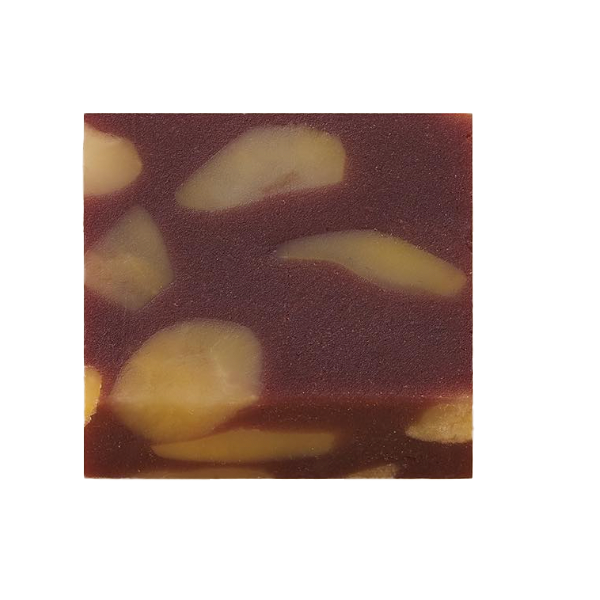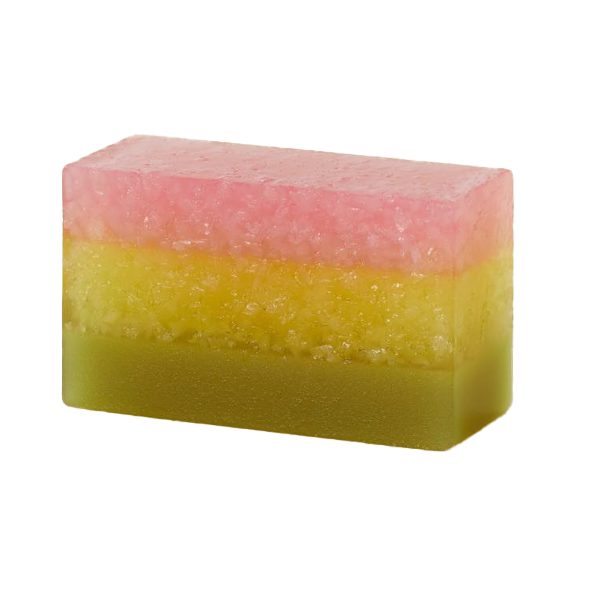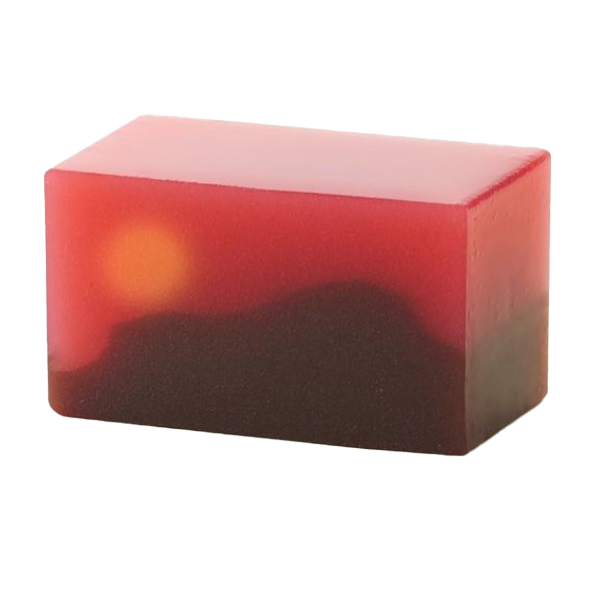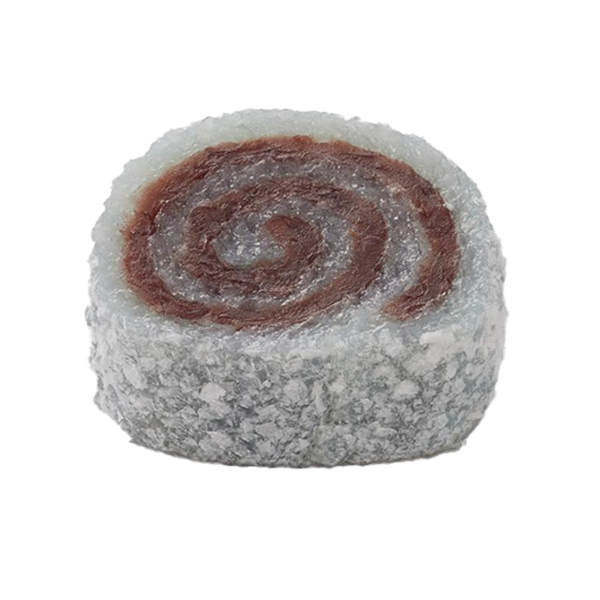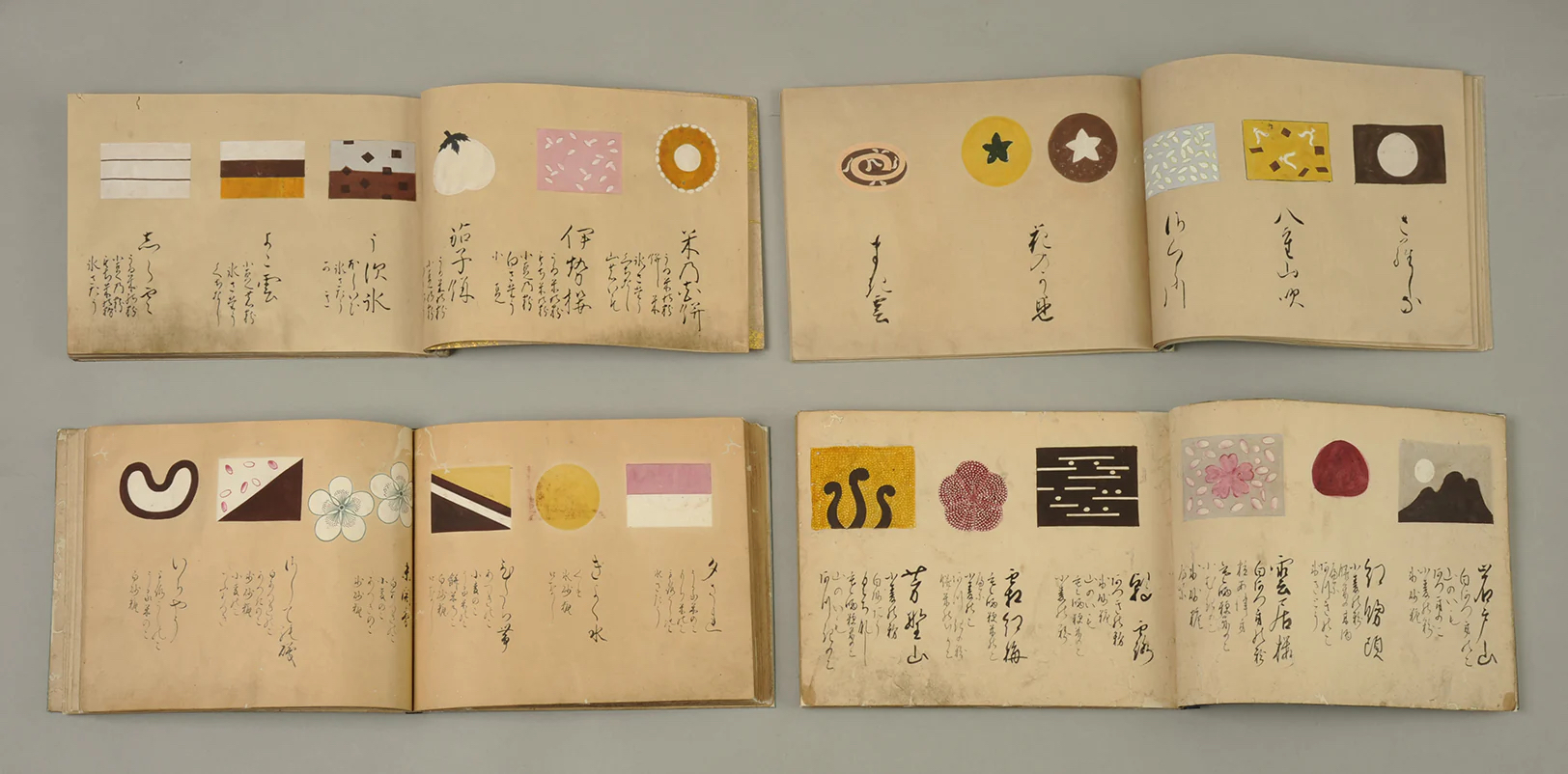
On Wagashi
1.12.2024, culture, cover image: wagashi design manual vía Toraya Group, Japan
Wagashi are traditional Japanese confections made from mochi, fruit, nuts, bean paste and other plant-based ingredients. Their beautiful colors, shapes and designs are inspired by nature and change seasonally. The earliest versions of wagashi were made from ground nuts and sweeteners, like honey and sweet arrowroot. Chinese and Portuguese influence brought different cooking methods to their elaboration and most notably, introduced cane sugar.
“The Portuguese played an essential role in the development of wagashi. During the Age of Discovery, merchants and missionaries from Portugal and other European countries came to Japan to initiate trading and spread the Christian religion. At the same time, they were the first to bring to Japan European confections, such as a type of sponge cake that became known as castella and is still popular in Japan today.”
— National Diet Library Japan
Wagashi continued to evolve with influence from China, Portugal, and other Western cultures. It became popular as a snack at tea ceremonies and was considered a luxury consumed by the upper-class. The earliest known wagashi confectionary businesses in Japan were established in the early 16th century, but their true splendor began during the Edo Period (1603-1863). The Edo Period was one of prolonged peace, commercial propesperity, and an increased interest in artistic developments. During this time, Japan was also building a stronger identity:
“The Edo period was also marked by a national isolation policy that was enforced in all but a few areas of the country. Thus, it was a time when all aspects of Japan’s unique culture were enriched. Wagashi became refined in terms of their delicious taste, of course, but also their makers’ craftsmanship. Consequently, Wagashi that were very similar to those seen today came into being. Exchanges between Japan and the outside world flourished with the arrival of the Meiji period (beginning in 1869). As modern ovens and other devices entered Japan, new Wagashi were born with the invention of more and more types, including some that were baked. What resulted are the Wagashi that we enjoy today.”
— Tokyo Wagashi Association, 2019






Wagashi designs vía National Diet Library Japan
During the Edo Period, wagashi making became a design practice. Artists were developing wagashi inspired by literature, poetry and even flavors related to the seasons. To keep the production of wagashi consistent, illustrated design manuals were made. The strict adherence to these manuals and traditional methods of wagashi making is still employed in some confectionary shops today. Perhaps the most noteworthy of these businesses is Toraya, which serves traditional wagashi from its shops in 80 different locations around Japan and Paris.
